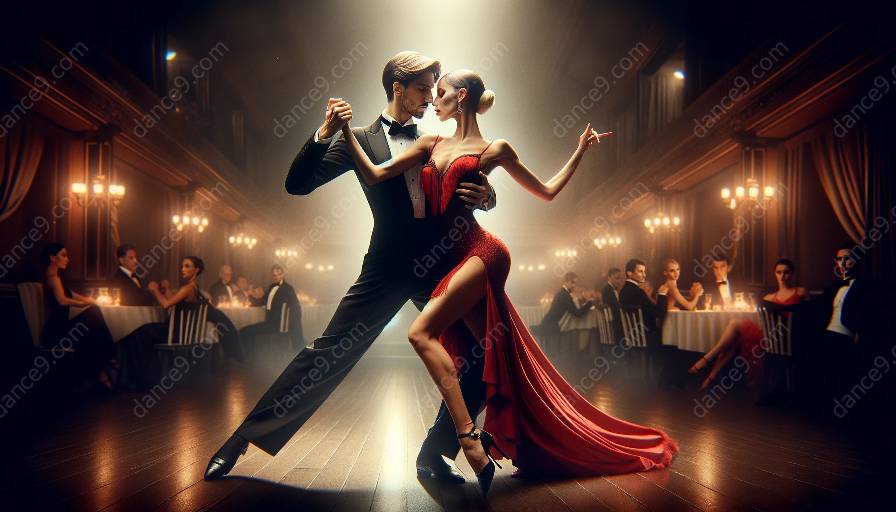When it comes to tango, improvisation is an essential element that adds depth, spontaneity, and creativity to performances. Tango dancers infuse their movements with a sense of improvisation, allowing for dynamic and lively interactions within the dance. This article explores the role of improvisation in tango performances and its impact on dance classes, shedding light on the techniques, benefits, and challenges of embracing improvisation in tango.
The Essence of Tango: Embracing Spontaneity
Tango, characterized by its passionate and intricate movements, thrives on the spontaneity and improvisation of its performers. Unlike traditional choreographed dances, tango allows dancers to improvise their steps, embrace the music, and respond to their partner's movements in real time. This fluidity and adaptability give tango performances a sense of authenticity and liveliness, captivating both dancers and audiences alike.
The Impact of Improvisation on Tango Performances
Imbuing tango performances with improvisation elevates the dance to a new level of artistic expression. By embracing spontaneity, dancers can create unique and captivating moments on the dance floor, fostering a strong connection with their partners and the music. This infusion of creativity and unpredictability adds an element of excitement to tango performances, keeping the dance fresh and engaging for both dancers and spectators.
Techniques for Embracing Improvisation in Tango
Embracing improvisation in tango performances requires skill, practice, and a deep understanding of the dance. Tango dancers develop techniques for spontaneously creating movements, seamlessly transitioning between steps and rhythms, and effectively communicating with their partners through non-verbal cues. By honing these skills, dancers can unlock the full potential of improvisation in tango, creating mesmerizing and compelling performances.
Benefits and Challenges of Improvisation in Tango
While improvisation infuses tango performances with energy and creativity, it also presents challenges that dancers must navigate. The freedom of improvisation demands a strong grasp of tango fundamentals, as dancers must be able to adapt their movements to different musical interpretations and partner dynamics. However, the rewards of improvisational tango performances are substantial, as they foster a sense of connection, spontaneity, and artistic expression that is truly unique to the dance.
Improvisation in Tango and Dance Classes
The influence of improvisation in tango extends beyond performances and into dance classes, where instructors encourage students to explore the art of spontaneity in their movements. By incorporating improvisational exercises and drills, dance classes can empower students to develop their creative instincts, enhance their connection with their partners, and gain a deeper understanding of the rich tradition of tango. This integration of improvisation enriches the learning experience, providing students with a holistic understanding of tango that extends far beyond predefined choreography.
Conclusion
Improvisation lies at the heart of tango, shaping performances and dance classes with its spirit of spontaneity and creativity. As dancers embrace the art of improvisation, they breathe life into their performances, creating captivating moments of connection and expression. By understanding the techniques, benefits, and challenges of improvisation in tango, dancers and students alike can deepen their appreciation for this enchanting dance form.













































































